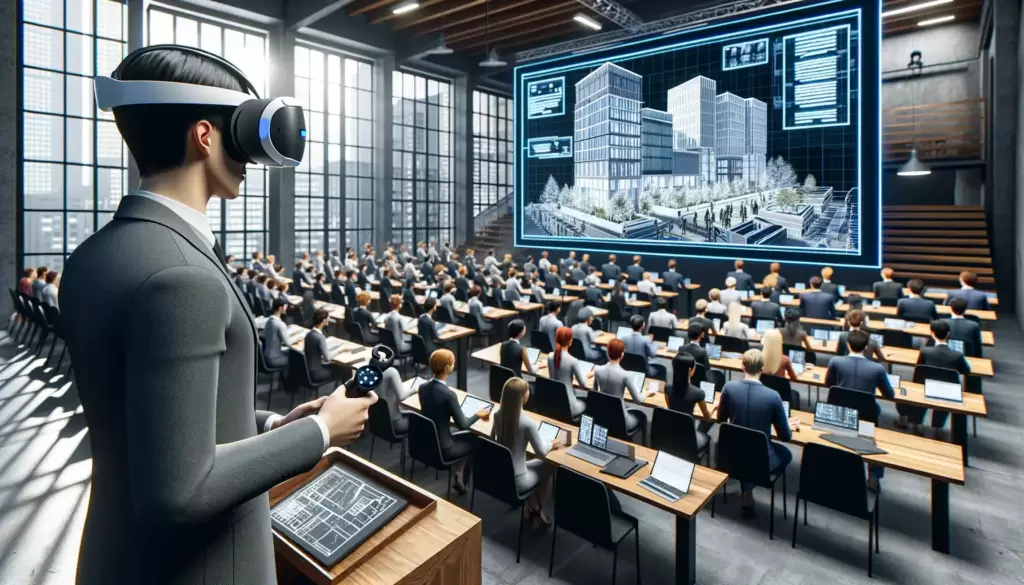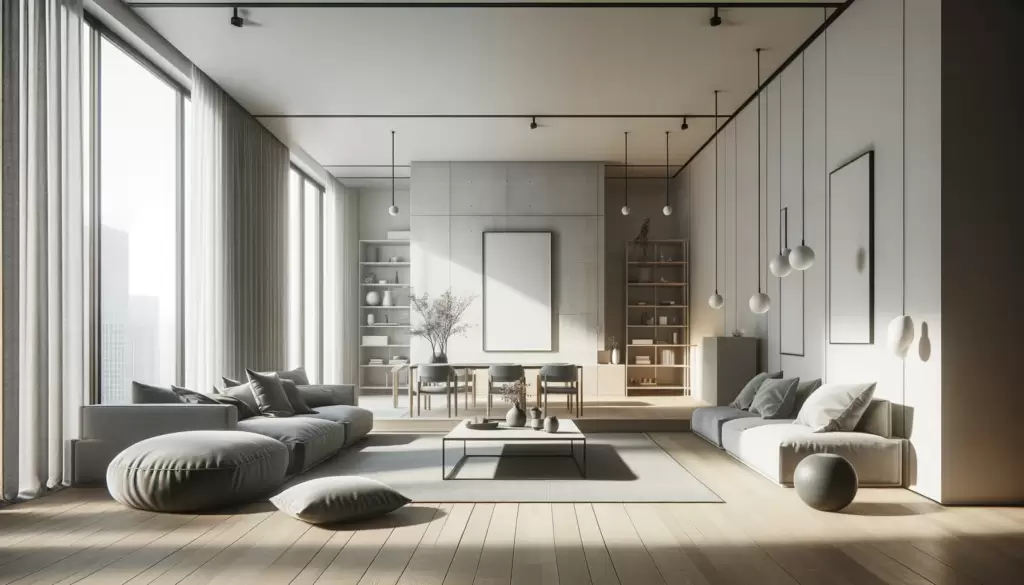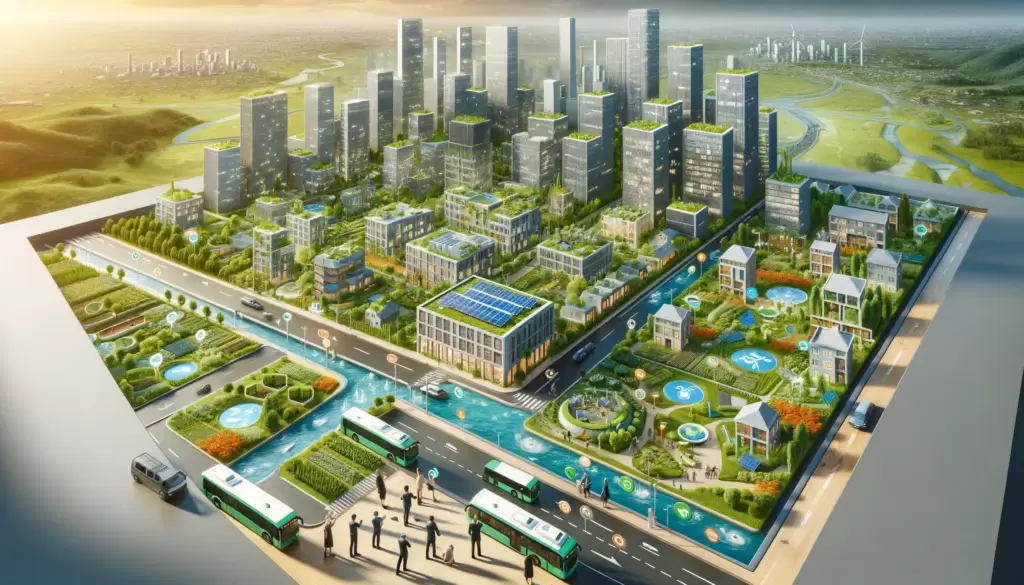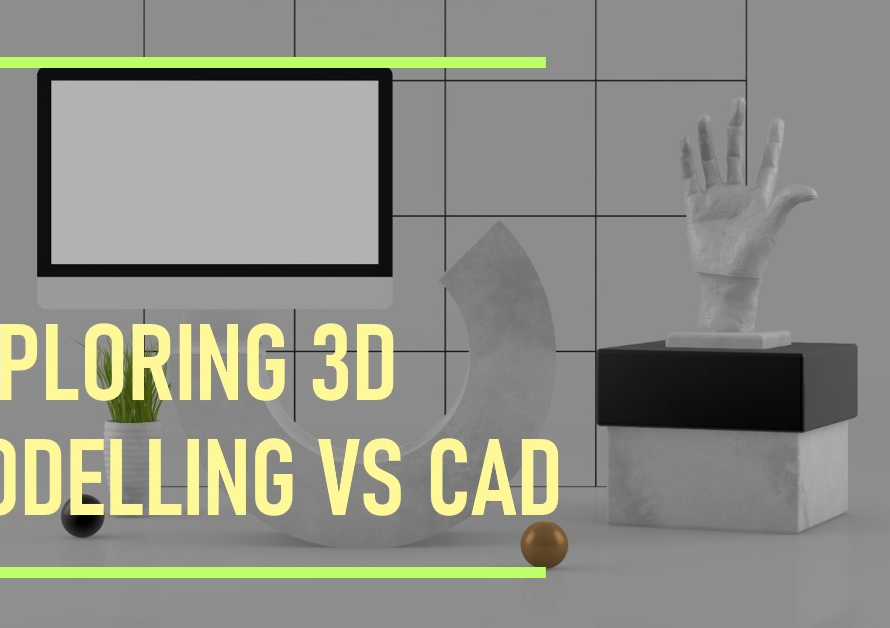
Table of Contents
Introduction: The Rise of Virtual Reality in Architecture
Virtual reality (VR) has revolutionized the field of architecture by offering immersive experiences that allow clients to step into their dream spaces before construction even begins. This technology enables architects to create virtual models of buildings, interiors, and urban environments, providing a more accurate representation than traditional 2D drawings or physical models. By donning a VR headset, clients can walk through the proposed design, interact with elements such as furniture and lighting, and gain a realistic sense of scale and proportion. This not only enhances client engagement but also facilitates better communication between architects and their clients.
Furthermore, VR in architecture has opened up new possibilities for collaborative design processes. Architects from different locations can now work together in virtual environments, manipulating designs in real-time and gaining immediate feedback. This streamlined approach fosters creativity and innovation while reducing time-consuming back-and-forth communications. Additionally, VR simulations facilitate better decision-making by allowing stakeholders to visualize diverse design options more effectively. Overall, the rise of VR in architecture represents a paradigm shift towards more interactive, efficient, and engaging architectural presentations.
Benefits: Enhancing Visualization and Immersion
Enhancing Visualization and Immersion in architectural presentations through virtual reality (VR) offers numerous benefits that can significantly elevate the design experience. VR allows clients to step into a realistic, immersive environment where they can visualize a project’s scale, proportion, and spatial relationships with exceptional clarity. This level of visualization fosters better understanding and appreciation of the design concept, leading to more informed feedback and confident decision-making. Additionally, VR enables architects to more effectively communicate their creative vision by immersing clients in an interactive experience that goes beyond static 2D drawings or even traditional 3D models.
Furthermore, the enhanced visualization provided by VR technology can facilitate greater collaboration and communication among project stakeholders. Design decisions are better understood when experienced in a fully immersive environment, which can lead to improved consensus-building and reduced misinterpretation of design intent. Clients are also empowered to make informed choices about materials, finishes, lighting, and spatial configurations as they engage with the virtual representation of their future space. Ultimately, these immersive experiences foster a deeper connection between designers and clients, creating a sense of shared understanding that underpins successful architectural projects.
Tools: Choosing the Right VR Software and Hardware
When it comes to choosing the right VR software and hardware for architectural presentations, it’s essential to consider the specific needs of your project. While some tools may offer advanced features and high-end graphics, they might not be necessary for every presentation. Look for software that provides a balance between user-friendly interface, powerful visualization capabilities, and compatibility with your existing design software.
In terms of hardware, selecting the right VR headset is crucial for delivering an immersive experience to your audience. Consider factors such as resolution, field of view, comfort, and tracking accuracy. Additionally, ensure that the headset is compatible with the chosen software to avoid any technical hiccups during presentations. By carefully evaluating both software and hardware options based on your project requirements, you can create impactful architectural presentations that effectively showcase your designs in virtual reality.
Implementation: Integrating VR into Architectural Presentations
In today’s competitive architectural industry, the integration of virtual reality (VR) into presentations has become a game-changer. This innovative technology allows architects to immerse clients and stakeholders into an interactive 3D environment, providing a dynamic and compelling way to showcase designs. By utilizing VR headsets or immersive displays, architects can offer virtual tours of their projects, allowing clients to experience the space as if they were physically present. This not only enhances client engagement but also enables better communication and understanding of design concepts.
Moreover, integrating VR into architectural presentations can significantly streamline the decision-making process. Clients can visualize different design options and make informed decisions based on their virtual experiences. This level of immersion fosters a deeper connection and appreciation for the architectural vision, ultimately leading to more confident investments in proposed projects. As technology continues to advance, incorporating VR into architectural presentations will likely become a standard practice rather than an optional feature, revolutionizing the way we perceive and interact with architectural designs.
Case Studies: Successful Applications in Real Projects
In real-world architectural projects, virtual reality (VR) has proven to be a game-changer, revolutionizing the way designs are visualized and presented. One outstanding case study is the use of VR in the development of large-scale commercial complexes. By immersing clients and stakeholders in a virtual walkthrough of the proposed space, architects can convey the scale, spatial relationships, and ambiance effectively. This has led to faster decision-making processes and more accurate design iterations, ultimately resulting in cost savings and enhanced project outcomes.
Another compelling application of VR in real projects is its integration into community engagement initiatives for urban planning. By creating immersive experiences that allow residents to explore proposed developments within their neighborhoods, architects can gather valuable feedback and foster understanding among diverse stakeholders. This collaborative approach has been successful in fostering acceptance of new architectural interventions and promoting sustainable urban development practices. These case studies demonstrate how VR technology is not just a tool for visualization but a catalyst for meaningful interactions that shape better-built environments.
Best Practices: Tips for Creating Engaging VR Presentations
In the world of architectural presentations, virtual reality (VR) has emerged as a game-changer, offering an immersive and interactive way to showcase designs. When creating VR presentations, it’s crucial to focus on user experience by optimizing for smooth navigation and intuitive controls. Consider incorporating interactive elements such as clickable hotspots or interactive menus to engage clients and stakeholders in a dynamic way.
Furthermore, attention to detail is key when designing VR presentations. High-quality visuals and realistic textures can significantly enhance the overall experience and help viewers visualize the project more effectively. Additionally, integrating storytelling elements into the presentation can further captivate the audience, allowing them to envision themselves within the proposed space. By leveraging these best practices, architects and designers can create compelling VR presentations that leave a lasting impression on their audience.
Conclusion: Embracing the Future of Architectural Visualization
In conclusion, the future of architectural visualization lies in embracing innovative technologies such as virtual reality (VR). VR offers an immersive and interactive experience that enables clients and stakeholders to truly see and understand a design before it’s built. By embracing VR, architects can bring their visions to life in ways never seen before, allowing for a more compelling and engaging presentation of their designs.
Furthermore, integrating VR into architectural presentations opens up new opportunities for collaboration and communication. Designers can work closely with clients to make real-time adjustments and iterations within the virtual environment, fostering a stronger sense of partnership and trust. As the technology continues to advance, we can expect architectural visualization to evolve even further, creating endless possibilities for creativity and expression within the field. Embracing this future is crucial for staying ahead in the industry and delivering exceptional experiences for clients.




